Doors come in a variety of materials, each with unique properties and characteristics.
Fiberglass doors are known for their durability, energy efficiency, and low maintenance, making them a popular choice.
Wood doors offer a warm, natural look and can be stained or painted to match the style of the home.
Steel doors are extremely strong and secure, making them a popular choice for garage and back doors.
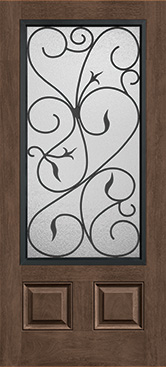
Fiberglass
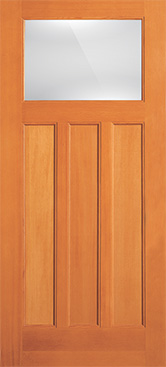
Wood
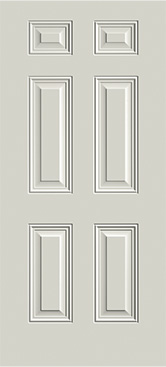
Steel
The type of door you choose will also depend on the level of exposure it will receive, as some materials may not hold up as well in harsh weather conditions. After selecting the type of door, its style is the next key consideration. The panel design, whether it be raised or flat, and the glass size and type significantly impact the door’s look and performance.
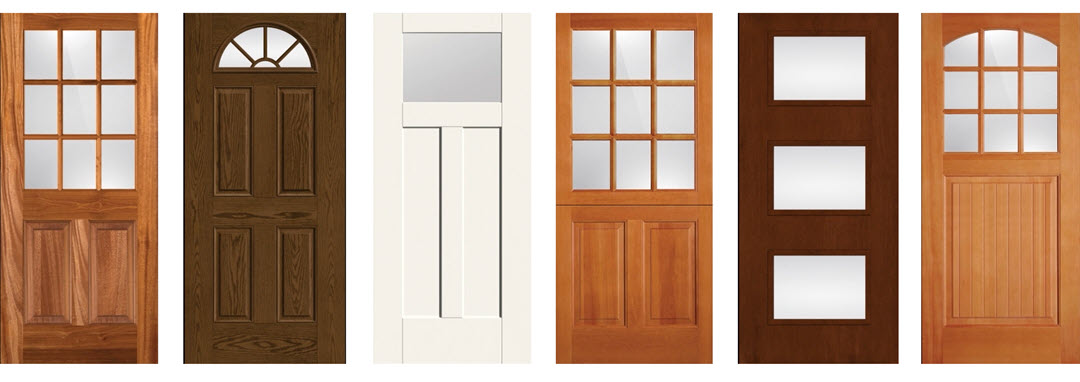
Glass options available include clear, low-E, beveled, decorative, and privacy. Enhancing the door’s visual appeal can be achieved by adding door molding and grilles, such as TDL, SDL, or RG.

From Left to Right: Clear, Low-E, Beveled, Decorative, Privacy
The width and height of the doorway plays a significant role as well. The standard door size is 3 feet wide and 6 feet 8 inches tall, but not all openings are this size, making it important to measure the opening accurately before deciding.
The door unit can be either a single door or a double door, and it can also include sidelites or transoms. The construction of a sidelite unit is also an important consideration, with options for continuous or boxed construction.
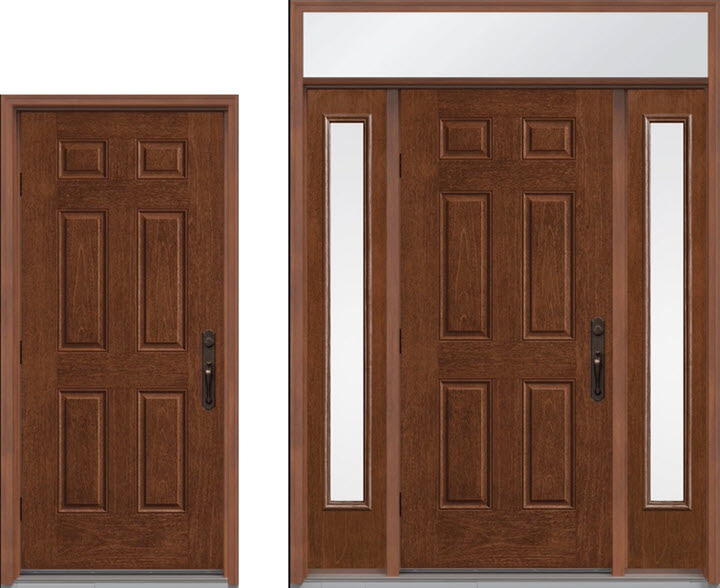
Unit handing refers to the direction in which a door opens.
There are two main types of unit handing: inswing and outswing. Inswing doors open inward, while outswing doors open outward.
The choice of a right or left-hand door will affect the placement of hinges and the way the door operates.
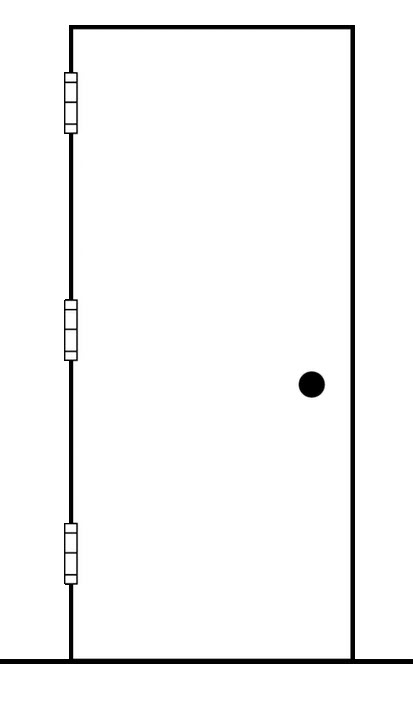
Right-Hand Door
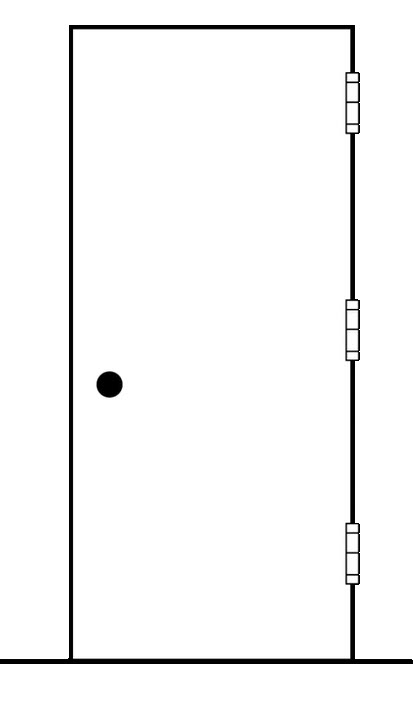
Left-Hand Door
The jamb material options include primed finger-joint, composite for weather resistance, solid wood for a classic look, and ultra PVC for ease of maintenance. The depth of the jamb, which ranges from 4-9/16 to 8-1/8 inches, is determined by the wall construction.

Primed Jamb
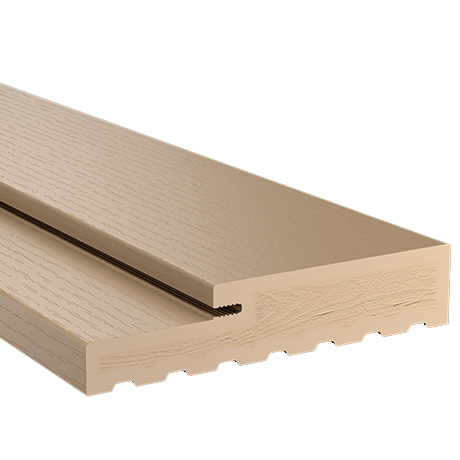
Composite Jamb
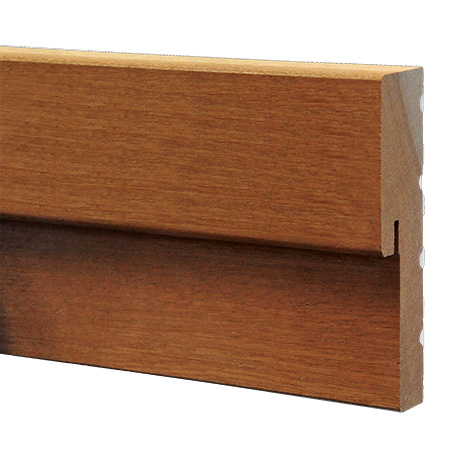
Wood Jamb
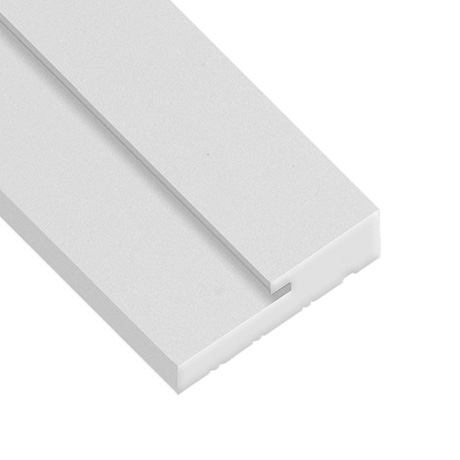
PVC Jamb
Brickmould and casing serve as trim pieces to cover the space between the door frame and the wall. The material of the brickmould or casing is usually the same as the jamb, but it can also be different, with options like primed, FrameSaver, wood, PVC, or composite. The brickmould or casing can either be shipped attached to the unit or sent loose for field application.
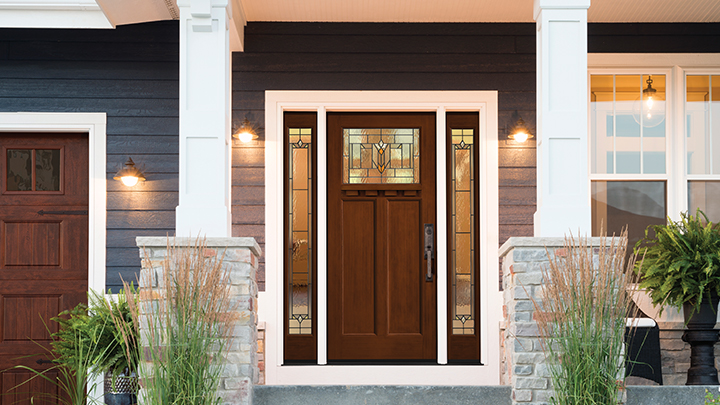
Hinges come in different styles, including radius or square. For heavier doors, upgrading from standard hinges to ball-bearing hinges can provide increased performance. When choosing an outswing door, it is recommended to use NRP hinges for added security.
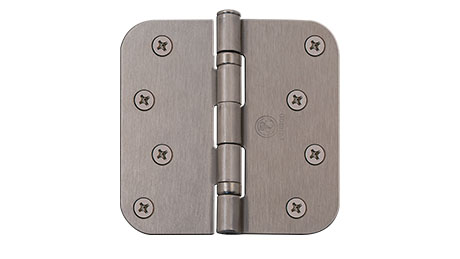
Radius Ball-Bearing Hinge
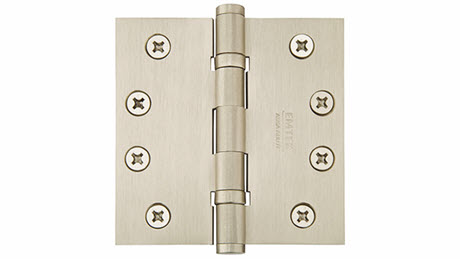
Square NRP Hinge
The types of sills available include a composite or hardwood adjustable option or a fixed sill. Wood sills come in a variety of options, including oak or mahogany. Public access sills are designed to be low profile for improved accessibility.
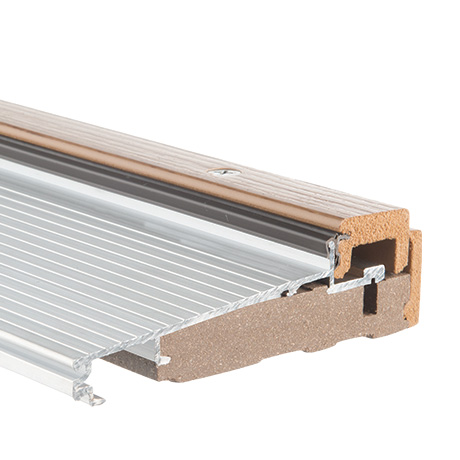
Composite Sill
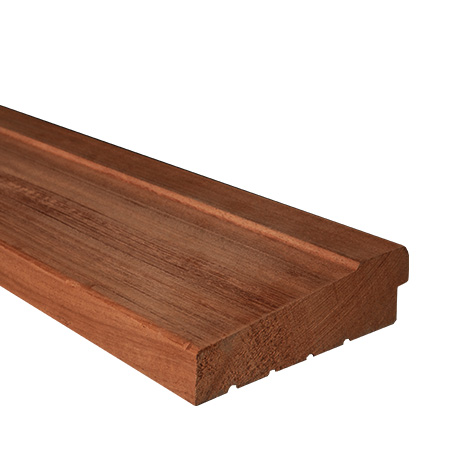
Mahogany Wood Sill
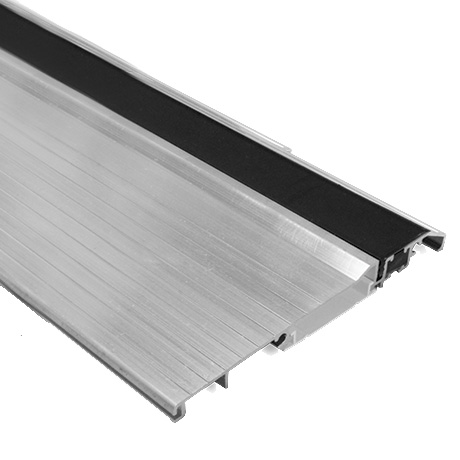
Public Access Sill
The selection of lockset is crucial for the security and proper functioning of a door unit. For a knob or lever, a bore is needed for the door with options of a 2-3/8” or 2-3/4” backset.
For increased security, a multi-point lock provides multiple points of contact and is a great option and highly recommended for all 8-foot doors.
Door accessories can add both functionality and style to a door unit. A sill cover can protect the sill from scratches during construction. A sill pan adds an extra layer of protection to help keep moisture away from the subfloor.
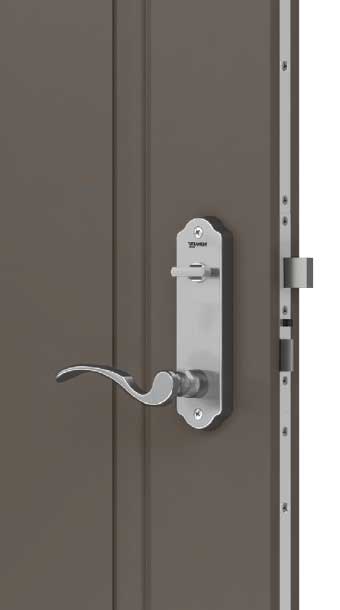
Multi-Point Lock
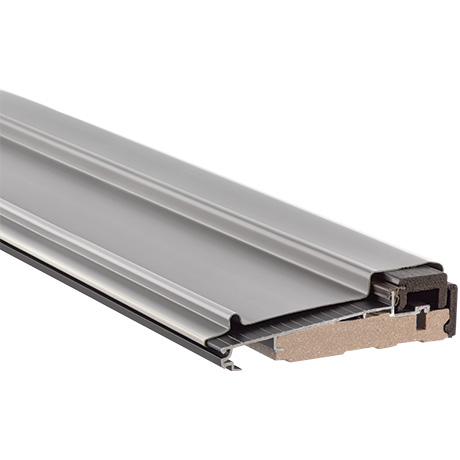
Sill Cover
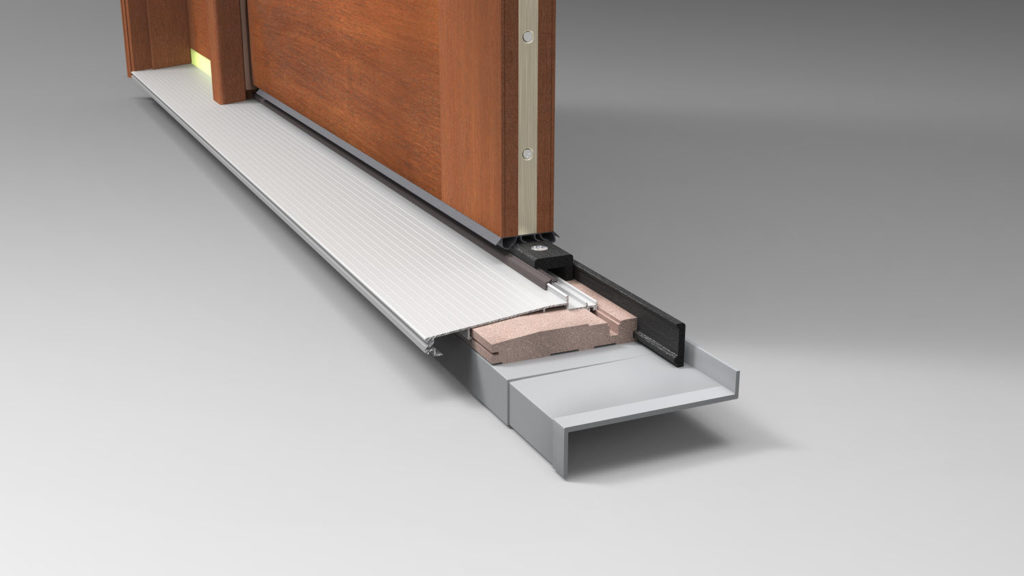
Sill Pan
Reeb Finish simplifies the installation process by providing a door unit that is ready to go right out of the box. This high-quality finish can only be achieved in the factory and cannot be duplicated in the field.
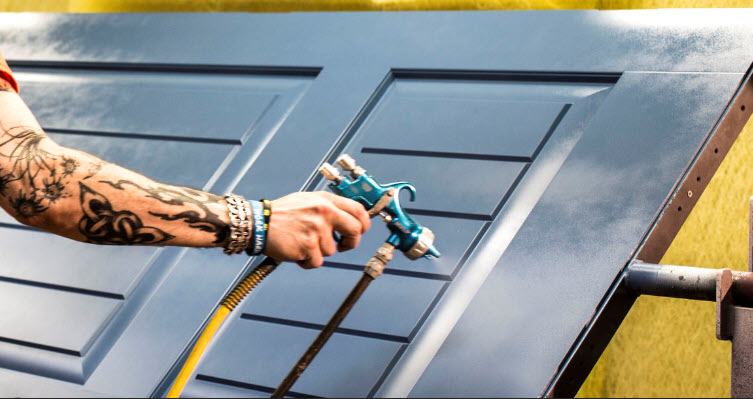
Choosing the right door is a multi-faceted decision that requires careful consideration of the type of door, jamb material, sill, and accessories. With so many options available, it’s important to take the time to make an informed decision.
